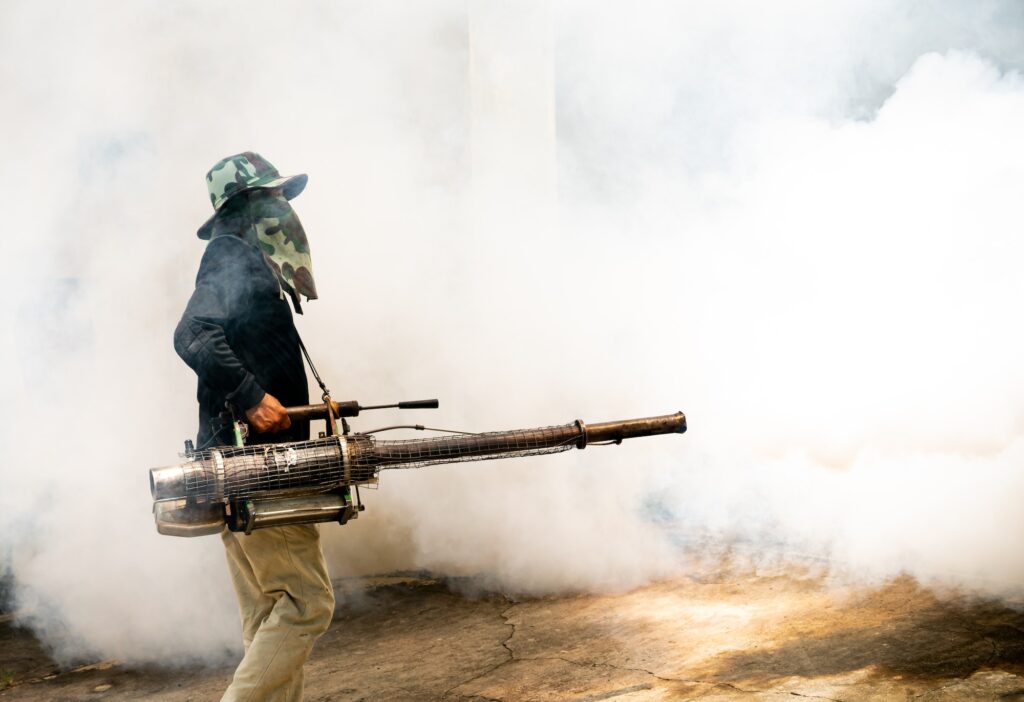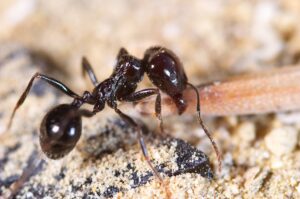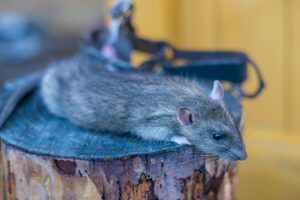As a professional fumigator in Tampa Bay, FL, I understand the importance of effective rodent control. Rodents can cause damage to property, carry diseases, and pose a risk to the health and safety of both people and pets. Fumigation is an effective solution that can quickly and safely eliminate rodents from your home or business.
Fumigation involves releasing a gas into an enclosed space to eliminate pests. This method targets all stages of the rodent life cycle, making it a comprehensive solution for rodent control. It’s also quick and easy, making it an ideal solution for homeowners and business owners alike.
In this article, we’ll take a detailed look at the fumigation process for rodent control in Tampa Bay, FL. We’ll discuss the steps involved in pre-fumigation preparation, the details of the fumigant gas release, how to allow the gas to penetrate all areas of the space, and how to properly ventilate the space after the fumigation process. We’ll also cover the importance of post-fumigation clean-up.
It’s important to note that fumigation should only be performed by a professional fumigator with the necessary equipment and expertise to safely and effectively complete the process. At the end of this article, you’ll have a comprehensive understanding of the fumigation process for rodent control in Tampa Bay, FL, and the benefits of this solution for your home or business.
Pre-Fumigation Preparation
Before the fumigation process can begin, it’s important to properly prepare the space to ensure that the fumigation process is effective and safe. Here are the key steps involved in pre-fumigation preparation:
- Remove all items from the space that may be damaged by the fumigant gas. This includes food, plants, and any items made of certain types of materials. Your fumigation professional can provide guidance on what needs to be removed.
- Seal the space to prevent the gas from escaping. This may involve covering vents, windows, and other openings with tape or plastic. It’s important to seal the space properly to ensure that the fumigant gas remains contained.
- Notify your neighbors. Fumigation can affect nearby properties, so it’s important to notify your neighbors in advance of the fumigation process.
- Make arrangements for pets and people. It’s important to ensure that pets and people are not in the space during the fumigation process. Your fumigation professional can provide guidance on how to make these arrangements.
- Follow all safety protocols. Fumigant gas can be harmful to humans and pets, so it’s important to follow all safety protocols. This includes staying away from the space during the fumigation process and following any other safety instructions provided by your fumigation professional.
By properly preparing the space before fumigation, you can help ensure that the fumigation process is effective and safe. Your fumigation professional can provide guidance on the specific steps required for your property, and can help ensure that the process goes smoothly.
Fumigant Gas Release
The fumigant gas release is a critical step in the fumigation process for rodent control in Tampa Bay, FL. Here’s what you need to know about this step:
- Fumigant gas is a powerful tool. Fumigant gas is a potent chemical that is released into the space to eliminate rodents. It’s important to work with a professional fumigator who has the necessary training and expertise to handle the gas safely.
- Safety protocols must be followed. It’s important to follow all safety protocols during the fumigant gas release. This includes wearing appropriate protective gear, staying away from the space during the release, and ensuring that the space is properly sealed.
- The gas is released into the space. Once the space is properly sealed, the fumigant gas is released into the space. The gas will penetrate all areas of the space, including hard-to-reach areas like crawl spaces and attics.
- The gas must remain in the space for a set amount of time. The fumigant gas must remain in the space for a specific amount of time in order to be effective. Your fumigation professional can provide guidance on how long the gas needs to remain in the space.
- Gas levels are monitored throughout the process. During the fumigation process, gas levels are monitored to ensure that the gas is at the proper concentration to eliminate rodents. Your fumigation professional will use specialized equipment to monitor gas levels.
The fumigant gas release is a critical step in the fumigation process for rodent control in Tampa Bay, FL. It’s important to work with a professional fumigator who can handle this step safely and effectively. By following all safety protocols and ensuring that the gas remains in the space for the appropriate amount of time, you can help ensure that the fumigation process is effective.
Allowing the Gas to Penetrate
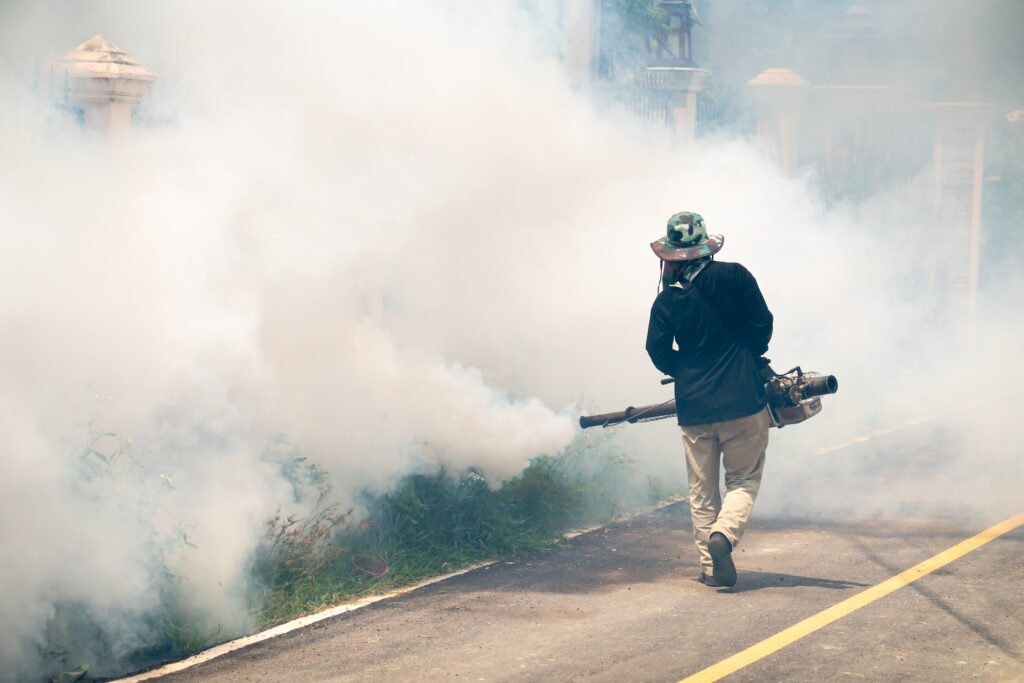
Allowing the gas to penetrate all areas of the space is a crucial step in the fumigation process for rodent control in Tampa Bay, FL. Here’s what you need to know about this step:
- Penetration is critical to success. Allowing the fumigant gas to penetrate all areas of the space is critical to the success of the fumigation process. This includes hard-to-reach areas like crawl spaces and attics.
- The gas must remain in the space for the appropriate amount of time. The fumigant gas must remain in the space for a specific amount of time in order to be effective. This can range from several hours to several days, depending on the size of the space and the severity of the infestation.
- Monitoring gas levels is important. Throughout the fumigation process, gas levels are monitored to ensure that the gas remains at the proper concentration to eliminate rodents. This ensures that the gas is effective and safe for humans and pets.
- Breaking the seal can compromise the process. It’s important to avoid breaking the seal during the fumigation process. Doing so can compromise the effectiveness of the fumigant gas and potentially expose humans and pets to harmful levels of the gas.
- Proper ventilation is critical after the process. Once the appropriate amount of time has passed, the space must be properly ventilated to remove the fumigant gas. Your fumigation professional can provide guidance on how to properly ventilate the space to ensure that it’s safe to re-enter.
Allowing the fumigant gas to penetrate all areas of the space is a critical step in the fumigation process for rodent control in Tampa Bay, FL.
Post-Fumigation Ventilation
Proper post-fumigation ventilation is essential to ensure that the space is safe to re-enter after the fumigation process for rodent control in Tampa Bay, FL. Here’s what you need to know about this step:
- Ventilation is critical. After the fumigation process is complete, it’s important to properly ventilate the space to remove any remaining fumigant gas. Failure to do so can result in harmful levels of gas being present in the space.
- Proper ventilation methods must be used. Your fumigation professional can provide guidance on how to properly ventilate the space. This may involve using specialized equipment, opening windows and doors, or using fans to circulate air.
- Safety protocols must still be followed. Even after the fumigation process is complete, it’s important to follow all safety protocols. This includes wearing appropriate protective gear and ensuring that the space is safe to re-enter before allowing people or pets to enter.
- Special considerations may be necessary. In some cases, special considerations may be necessary for proper ventilation. For example, if the space is located in a multi-unit building, additional ventilation may be required to ensure that the gas doesn’t spread to neighboring units.
- Proper disposal of fumigant gas containers is important. After the fumigation process is complete, it’s important to properly dispose of any fumigant gas containers to prevent them from being a hazard to humans or the environment.
Proper post-fumigation ventilation is critical to ensure that the space is safe to re-enter after the fumigation process for rodent control in Tampa Bay, FL.
Post-Fumigation Clean-Up
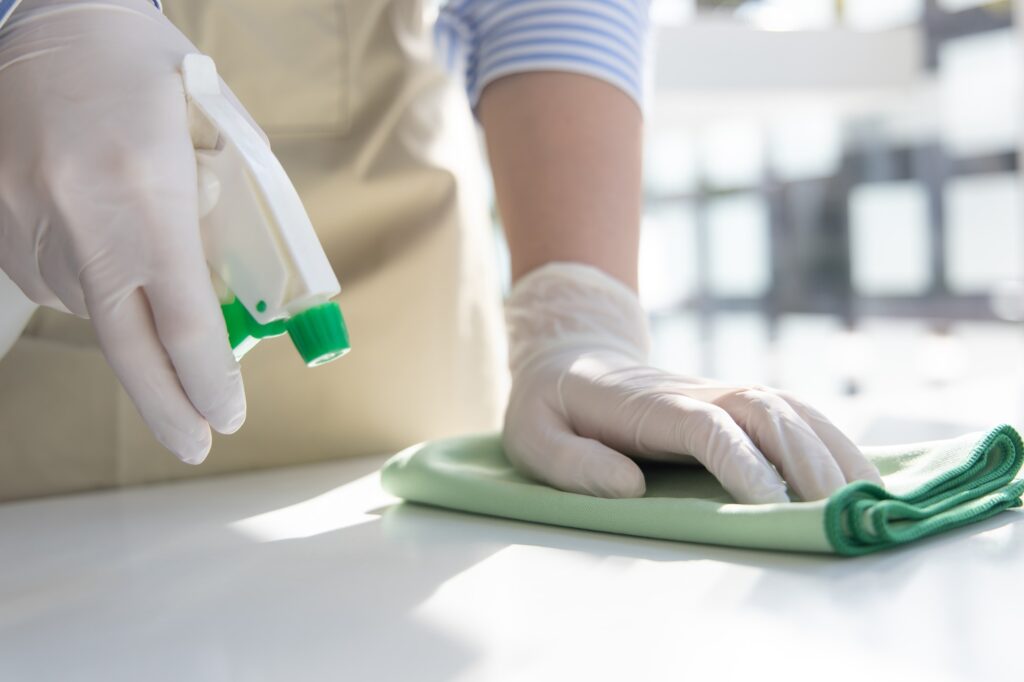
Post-fumigation clean-up is an important step in the fumigation process for rodent control in Tampa Bay, FL. Here’s what you need to know about this step:
- Cleaning up after the fumigation process is important. Once the fumigation process is complete, it’s important to clean up the space to remove any remaining debris or residue. This helps to ensure that the space is safe for humans and pets.
- Professional cleaning services may be necessary. Depending on the severity of the infestation and the size of the space, professional cleaning services may be necessary to properly clean up after the fumigation process. Your fumigation professional can provide guidance on whether this is necessary.
- Special considerations may be necessary. In some cases, special considerations may be necessary for post-fumigation clean-up. For example, if the space is located in a multi-unit building, additional cleaning may be required to ensure that the space is safe for neighboring units.
- Proper disposal of waste is important. After the fumigation process is complete, it’s important to properly dispose of any waste or debris. This helps to prevent it from being a hazard to humans or the environment.
- Follow-up inspections may be necessary. After the fumigation process is complete and the space has been cleaned up, it’s important to schedule follow-up inspections to ensure that the infestation has been fully eliminated.
Post-fumigation clean-up is an important step in the fumigation process for rodent control in Tampa Bay, FL. By following all necessary protocols and ensuring that the space is properly cleaned up, you can help ensure that the space is safe for humans and pets.
Final Thoughts
Fumigation is an effective solution for rodent control in Tampa Bay, FL, that can quickly and safely eliminate rodents from your home or business. By working with a professional fumigator, you can ensure that the fumigation process is done safely and effectively.
In this article, we’ve discussed the important steps involved in the fumigation process for rodent control, including pre-fumigation preparation, the fumigant gas release, allowing the gas to penetrate all areas of the space, post-fumigation ventilation, and post-fumigation clean-up. By following all necessary protocols, you can help ensure that the fumigation process is effective and safe.
If you’re experiencing a rodent infestation in your home or business in Tampa Bay, FL, don’t hesitate to contact a professional fumigator to discuss your options. They can provide guidance on the best course of action to effectively eliminate the infestation and ensure that your space is safe for humans and pets.
Remember, fumigation should only be performed by a professional fumigator with the necessary equipment and expertise to safely and effectively complete the process. With the right precautions and proper follow-up, you can enjoy a rodent-free environment in no time.

